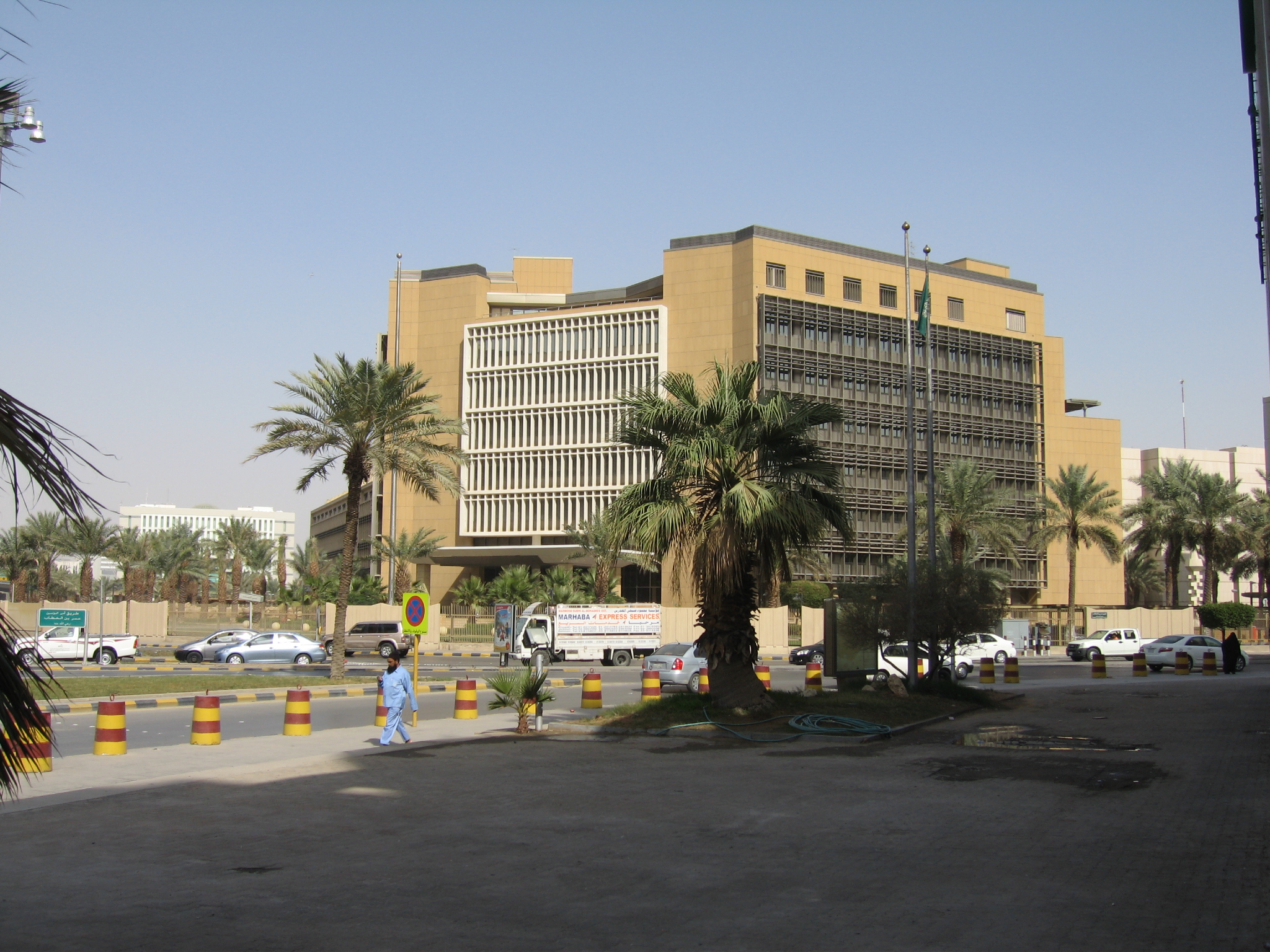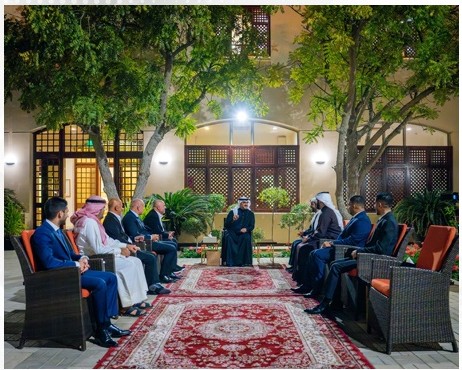Saudi Arabia announced on Sunday the planned establishment of a new national low-cost airline with a fleet of 45 planes to be ready by 2030, state media reported.
The United Arab Emirates’s carrier Air Arabia was among an alliance of three companies that won a bid to operate the new airline.
The new carrier would operate domestic and international flights from and to King Fahd international airport in Dammam and is expected to expand travel options by serving 81 domestic and international destinations.
The announcement came during a ceremony in which Governor of Eastern Region Prince Saud bin Naif bin Abdulaziz inaugurated the new identity and master plan for the King Fahd International Airport.
The event also included the unveiling of the master plans for Al-Ahsa and Qaisumah international airports, the launch of the Dammam Airports Strategy, and the inauguration of a package of integrated development projects with a value exceeding 1.6 billion Saudi riyals.
The Saudi General Authority of Civil Aviation said on its X account that the establishment of a new national low-cost airline aims to enhance air connectivity for the Eastern Region, increase seat capacity, improve service quality for travellers, and create a competitive environment that offers more choices, all in line with the objectives of the aviation program under the National Transport and Logistics Strategy.
It said the winning bid came from a consortium comprising Air Arabia, Nesma Group, and Kun Investment Holding, which submitted the most competitive proposal.
The new national low-cost carrier is expected to expand travel options by serving 24 domestic and 57 international destinations.
It aims to connect nearly 10 million passengers annually through King Fahd International Airport (KFIA) by 2030, in support of the sector’s strategic goals.
The project will also create over 2,400 direct jobs, contribute to GDP growth targets under the aviation program, and support economic development and tourism in Dammam and Eastern Region.
The alliance is expected to complete licensing procedures and begin operations in 2026.
Future Plans
Prince Saud bin Naif bin Abdulaziz on Sunday also unveiled Dammam airports’ new strategy and he inaugurated electronic gates to streamline passenger procedures.
He stated that the significant expansion of the Saudi aviation sector is a direct result of the government’s strong commitment to supporting this industry, recognising its crucial role in achieving broader development goals.
This includes investing in infrastructure improvements, increasing air connectivity, and establishing the Kingdom as a major global logistics hub, all in line with the objectives outlined in Vision 2030.
The strategic plan targets serving more than 19.3 million passengers annually at KFIA by 2030, more than double the number in 2022.
It also aims to boost air cargo capacity to over 600,000 tons annually, a 1,000% increase, positioning the airport as a key regional logistics hub in line with the Kingdom’s Vision 2030.
Future developments include a record-breaking expansion of the airport’s operational capacity, increasing aircraft movements to 77 per hour and boosting annual passenger capacity to 32 million.
Additional projects include comprehensive upgrades to general aviation facilities and infrastructure to meet the highest international standards.
By the end of 2024, King Fahd International Airport had recorded a 35% increase in passenger traffic compared to 2022.
Minister of Transport and Logistic Services and Chairman of GACA Saleh Al-Jasser said: “The Kingdom, under the support of its wise leadership, is witnessing unprecedented advancements in aviation and air transport projects, initiatives, and services.”
He noted that launching a new low-cost carrier in the Eastern Region is one of the initiatives of the aviation program derived from the National Transport and Logistics Strategy.
GACA President Abdulaziz Al-Duailej stressed that the new strategic program emanates from the National Strategy for Transport and Logistics Services, a key pillar to enhance air connectivity, and achieve the Kingdom’s targets to be a global centre in air transport and logistics services.




